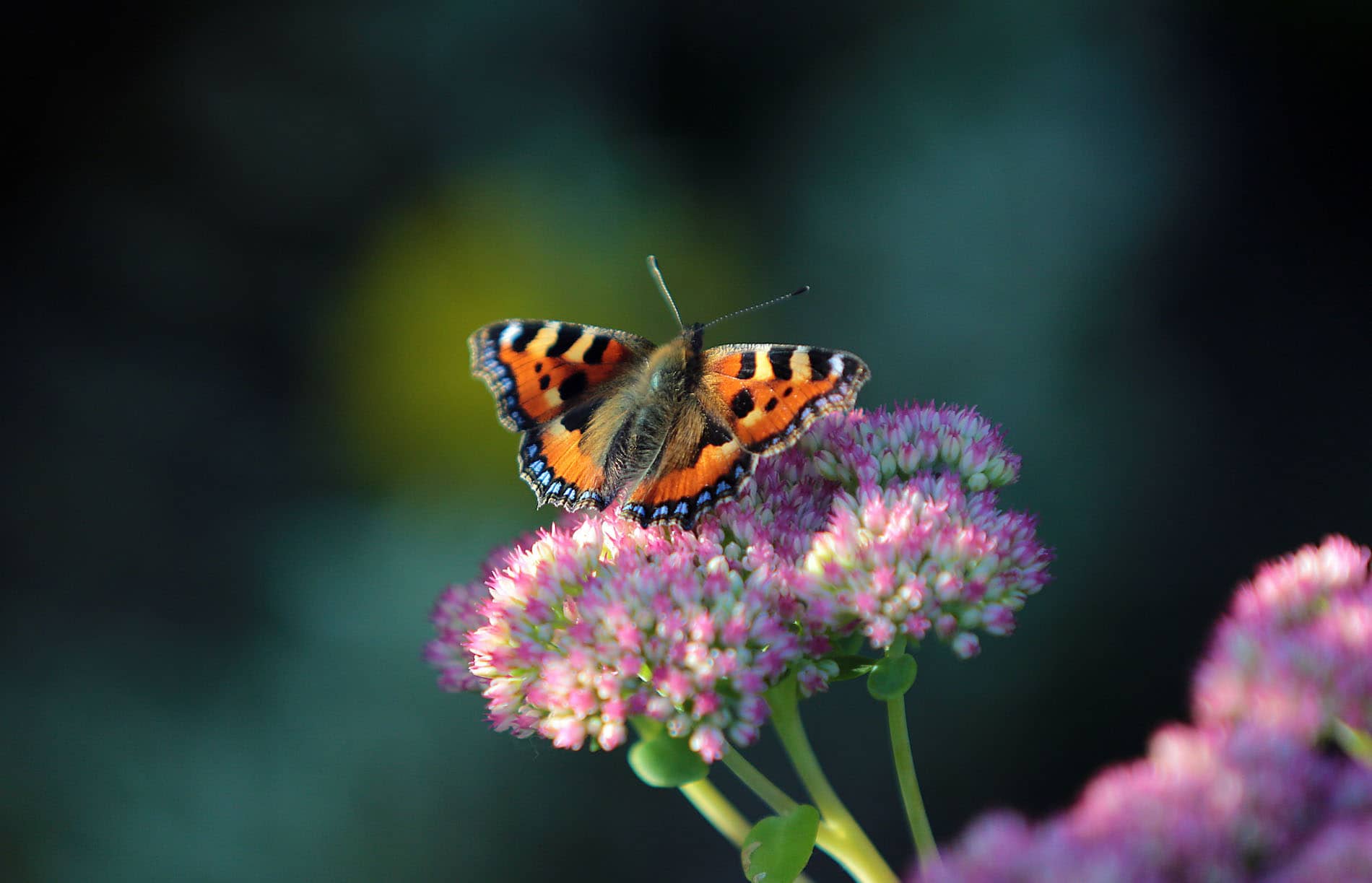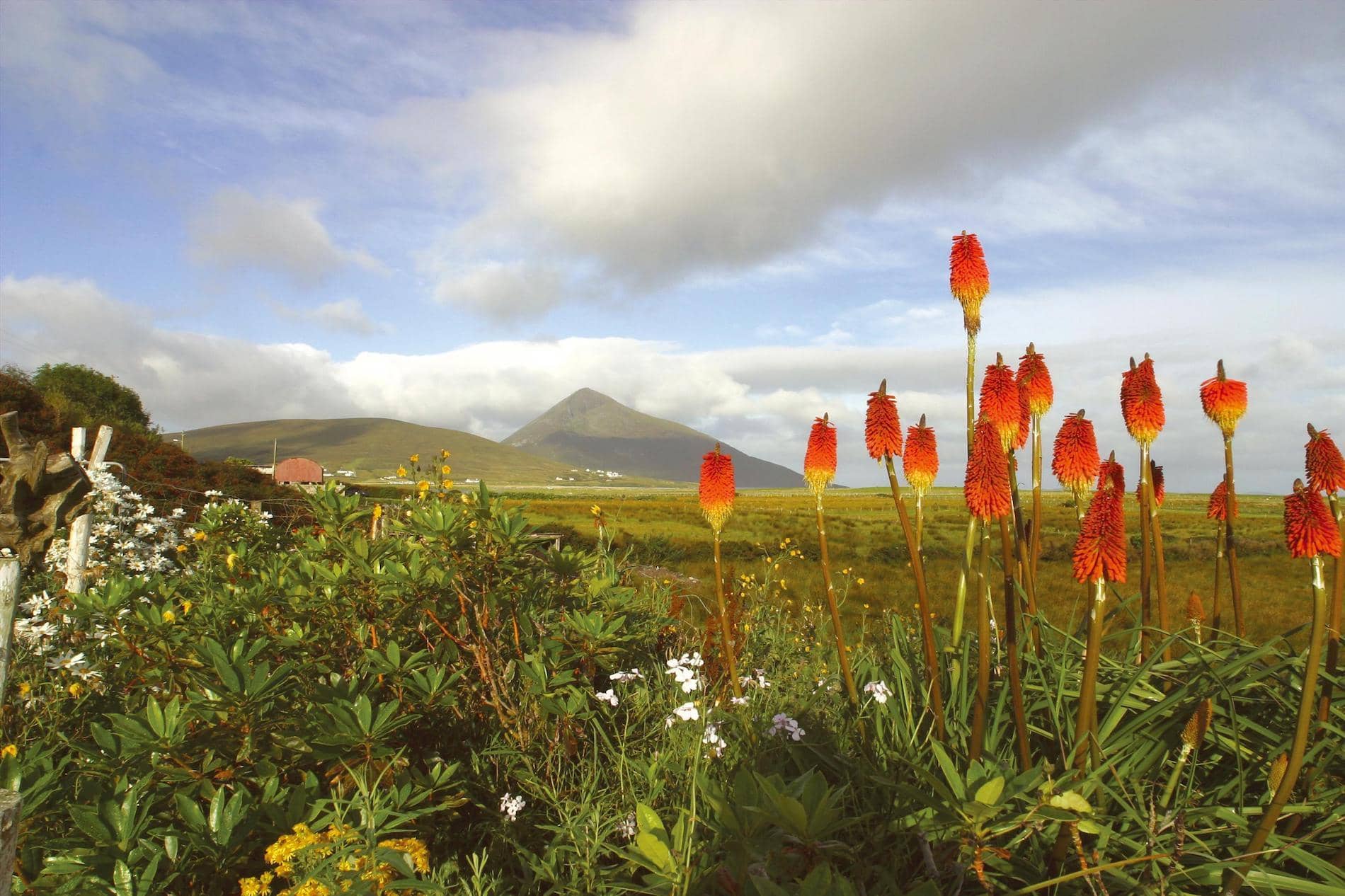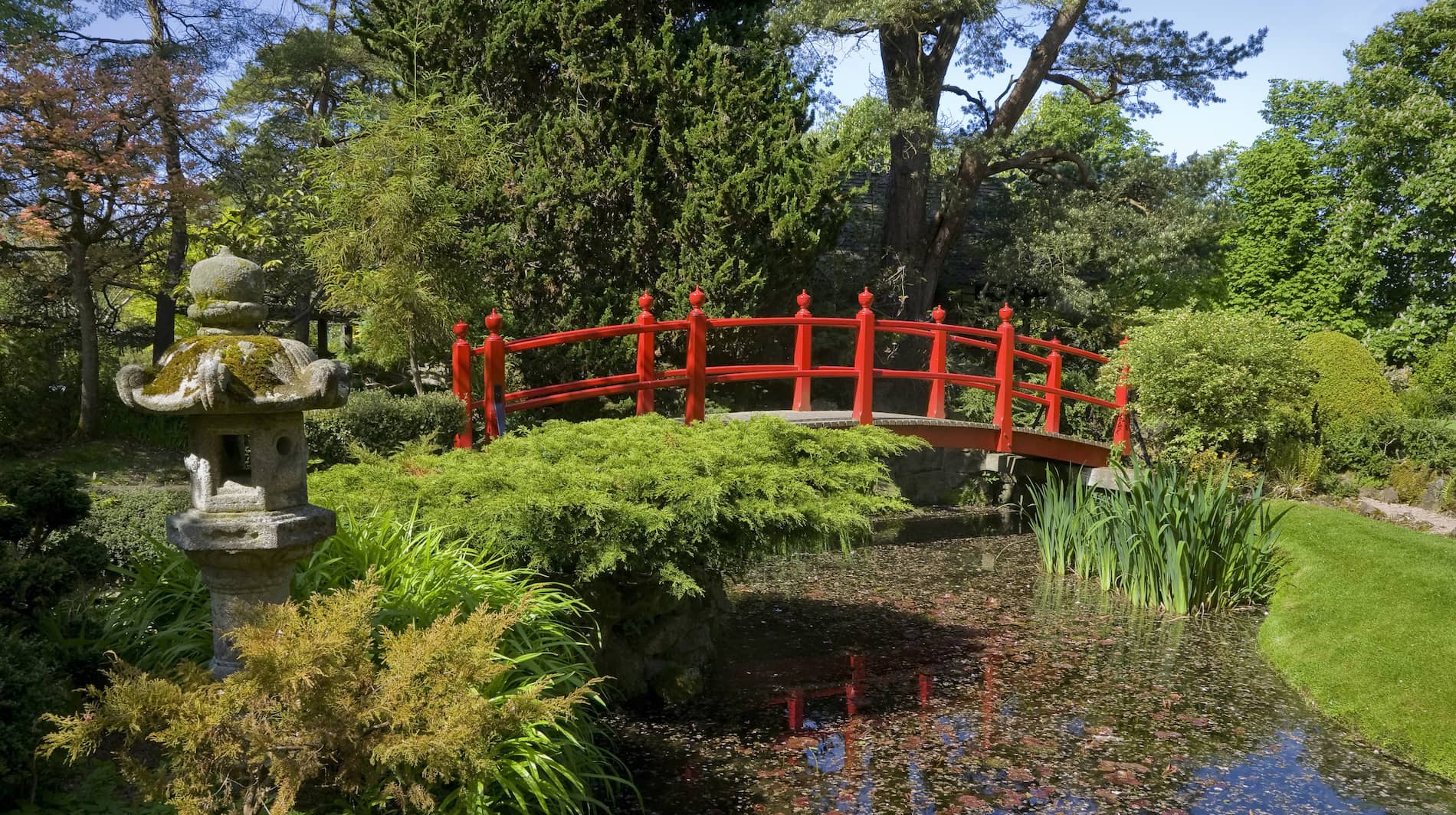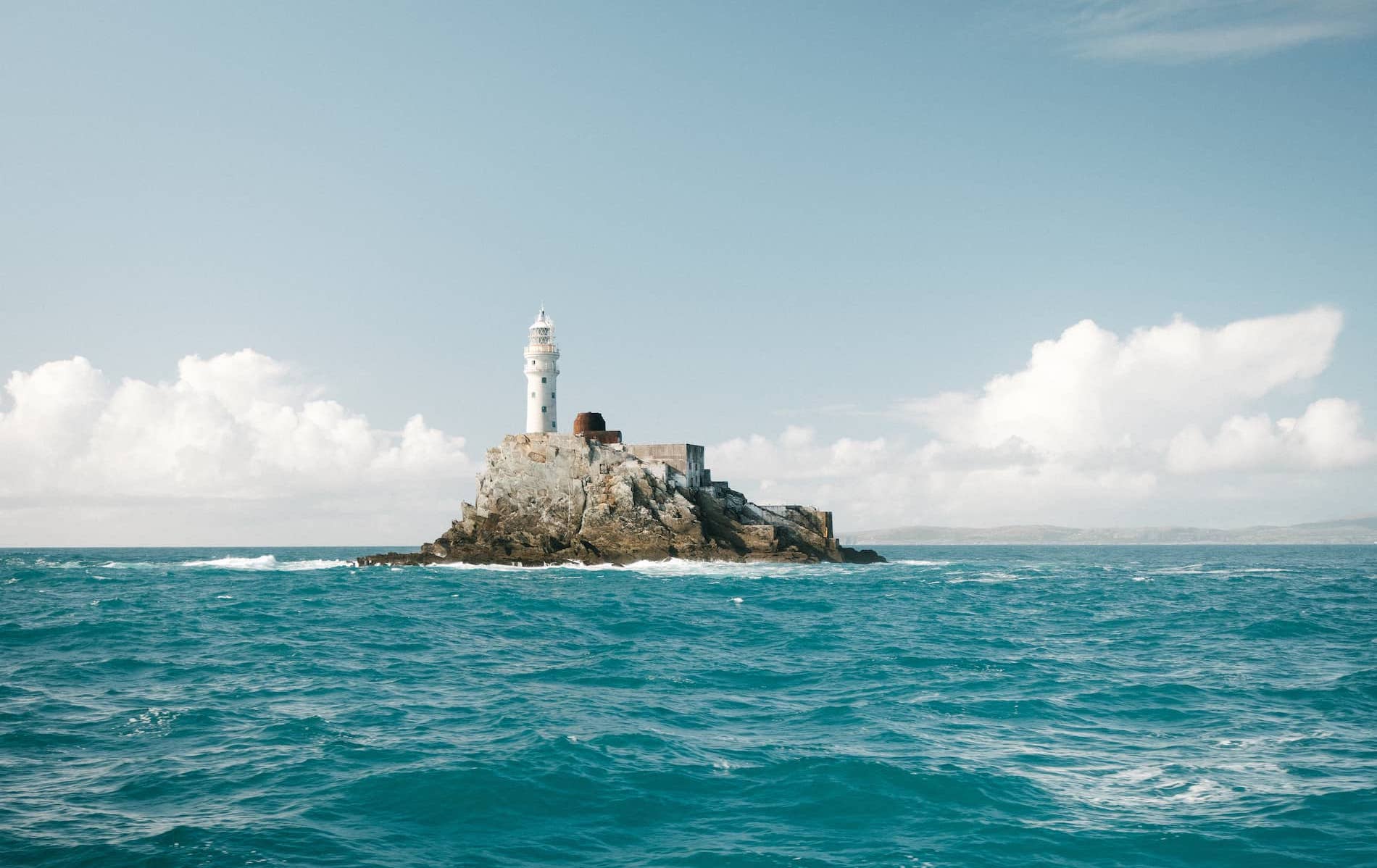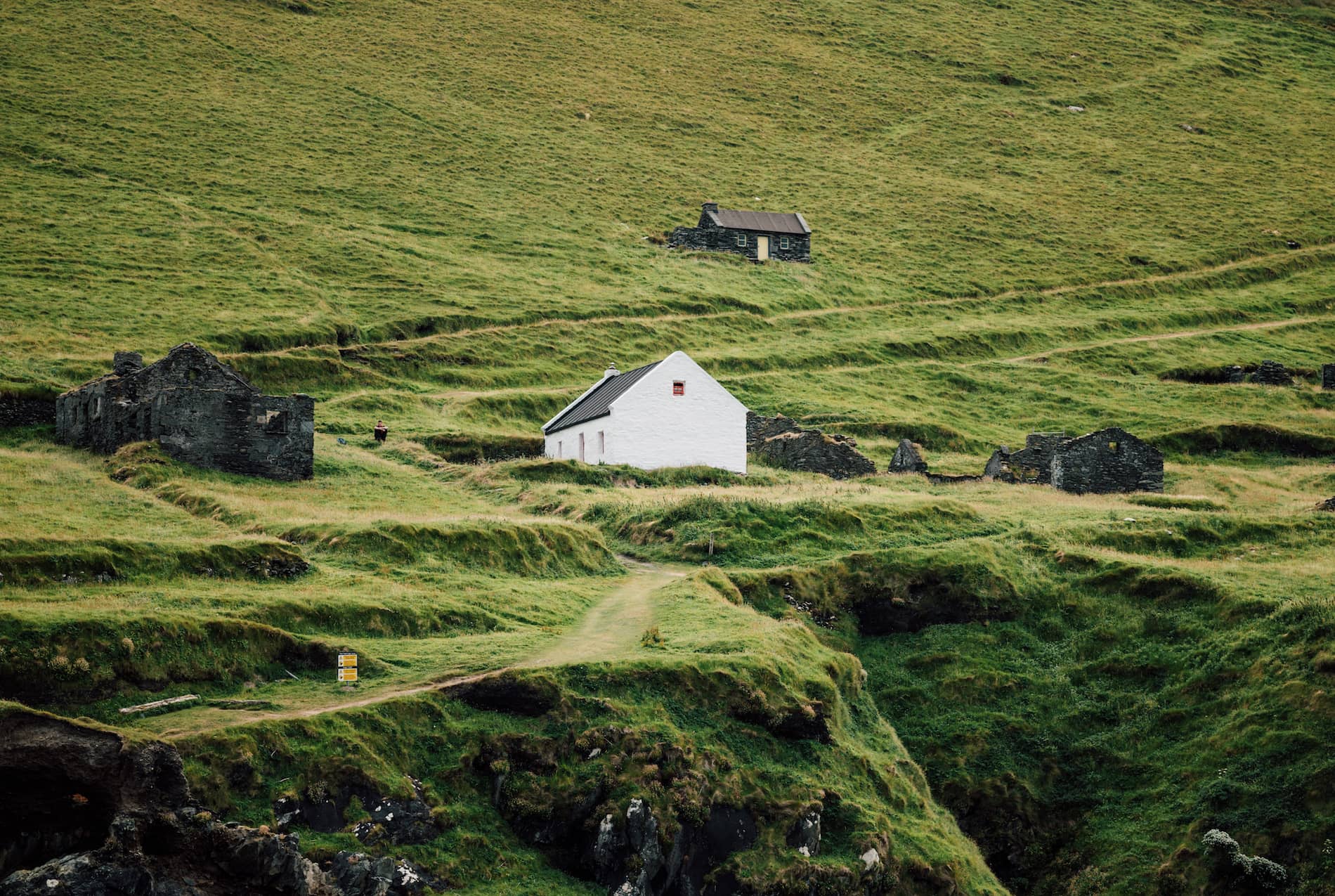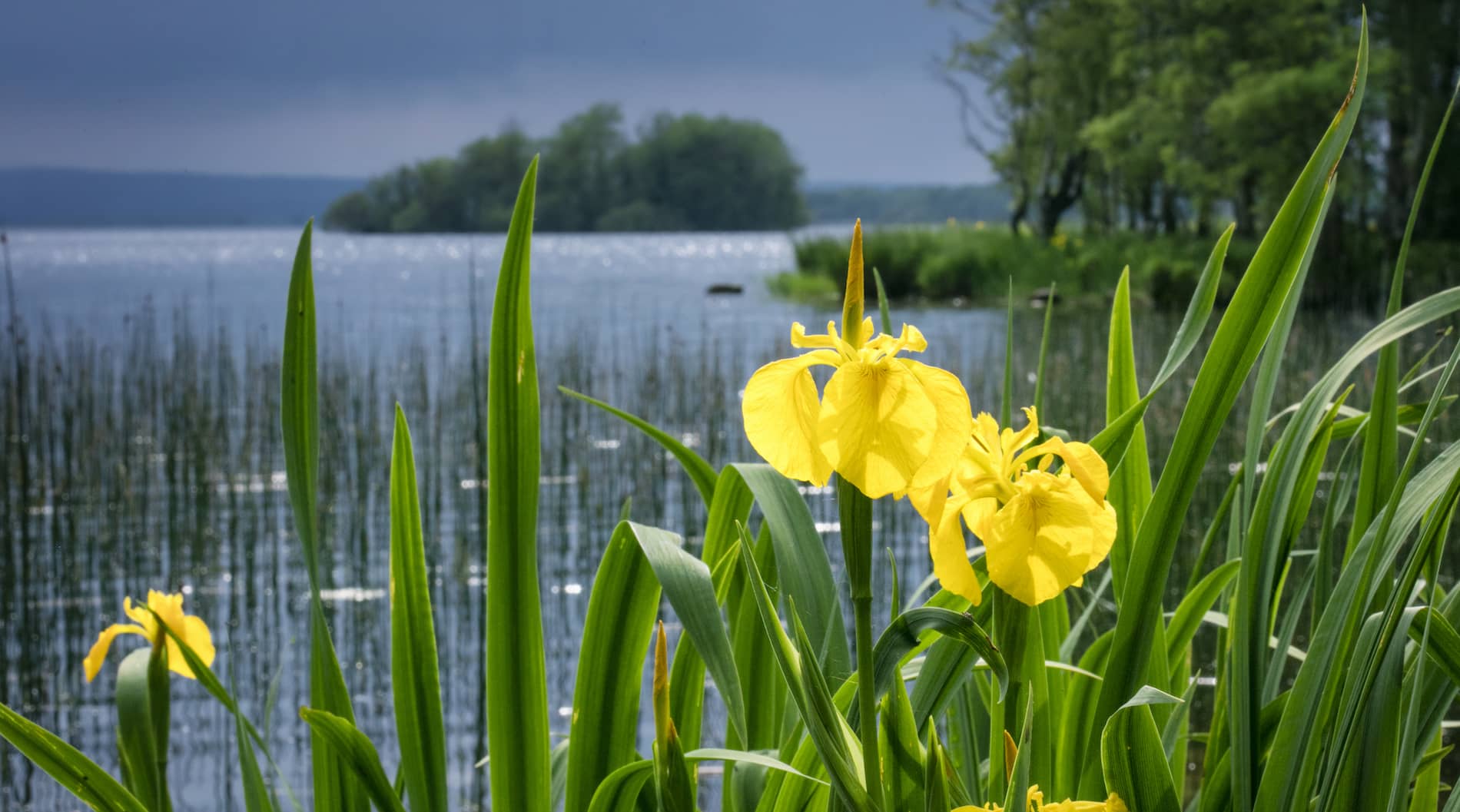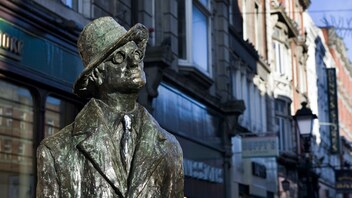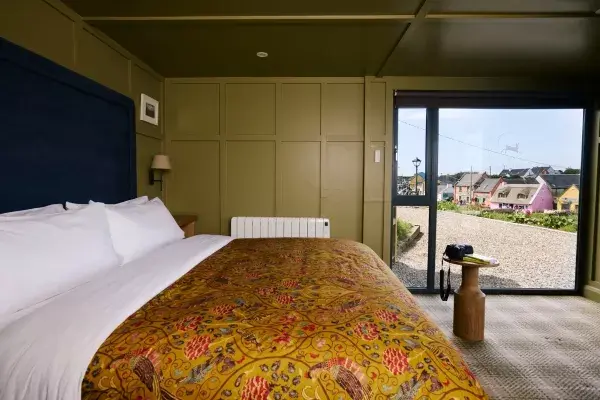
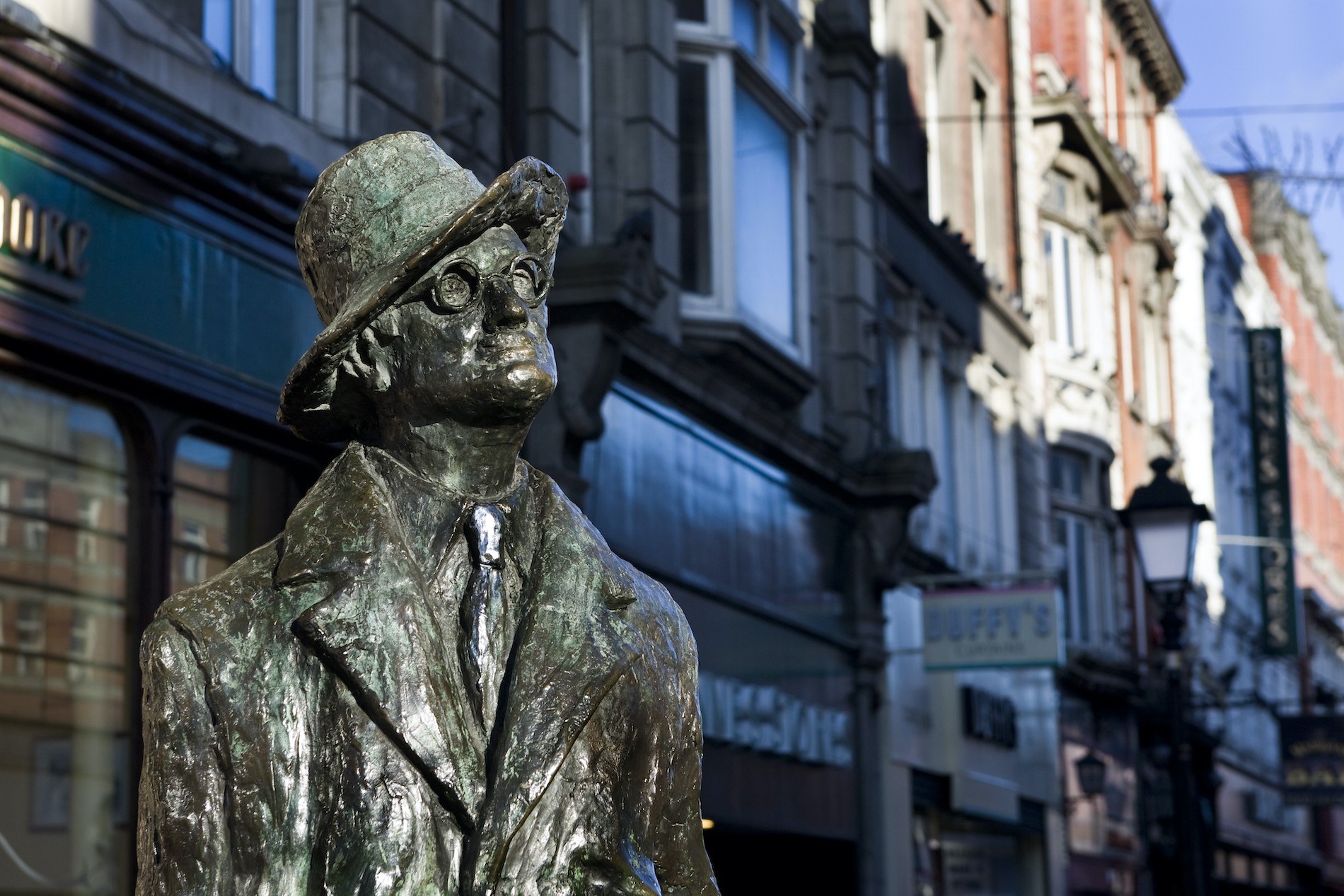
James Joyce's Ulysses turns 100
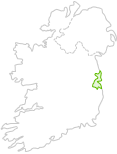
By the time Ulysses was published, Joyce was 40, had lived and travelled all over the world, and was already known for writing Dubliners and The Portrait of the Artist as a Young Man. But it is his modernist retelling of Homer’s Odyssey that has left the most lasting legacy. With its own annual festival – Bloomsday – and fans from Salman Rushdie to Jack Kerouac and George Orwell, Ulysses changed the literary world forever.
Now, a century on, we celebrate 100 years of Joycean genius.

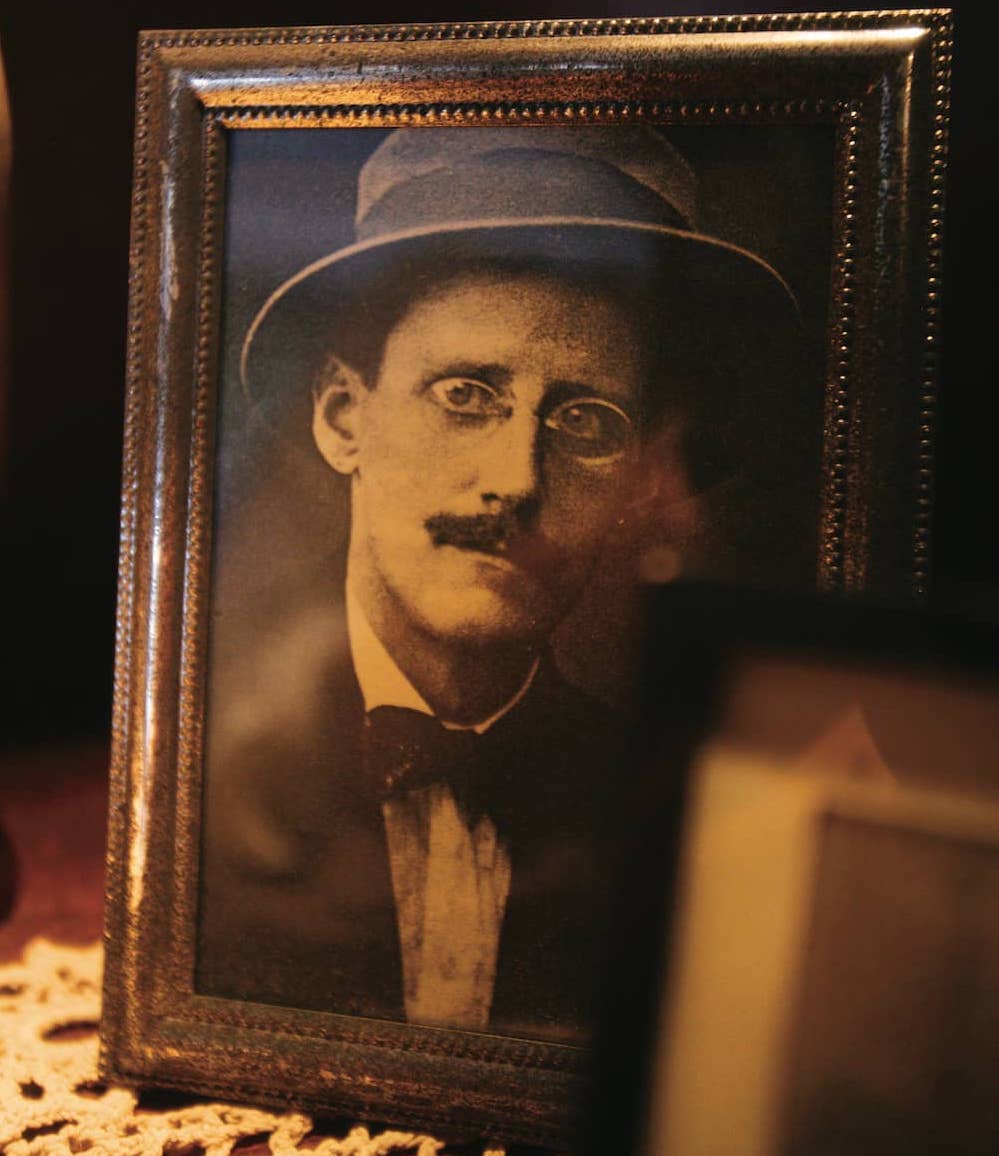
James Joyce portrait, James Joyce Centre, Dublin
Who was James Joyce?
Born in Dublin in 1882, James Augustine Aloysius Joyce would go on to become one of the most influential, innovative and best-known writers of the 20th century. After graduating from University College Dublin, he met his muse (and eventual wife), Nora Barnacle. So central was she to his life and writing that 16 June, the anniversary of their first date, is when Bloomsday is celebrated each in Dublin year – but we’ll get to that later!
For myself, I always write about Dublin, because if I can get to the heart of Dublin I can get to the heart of all the cities of the world.
James Joyce
Get to know Joyce

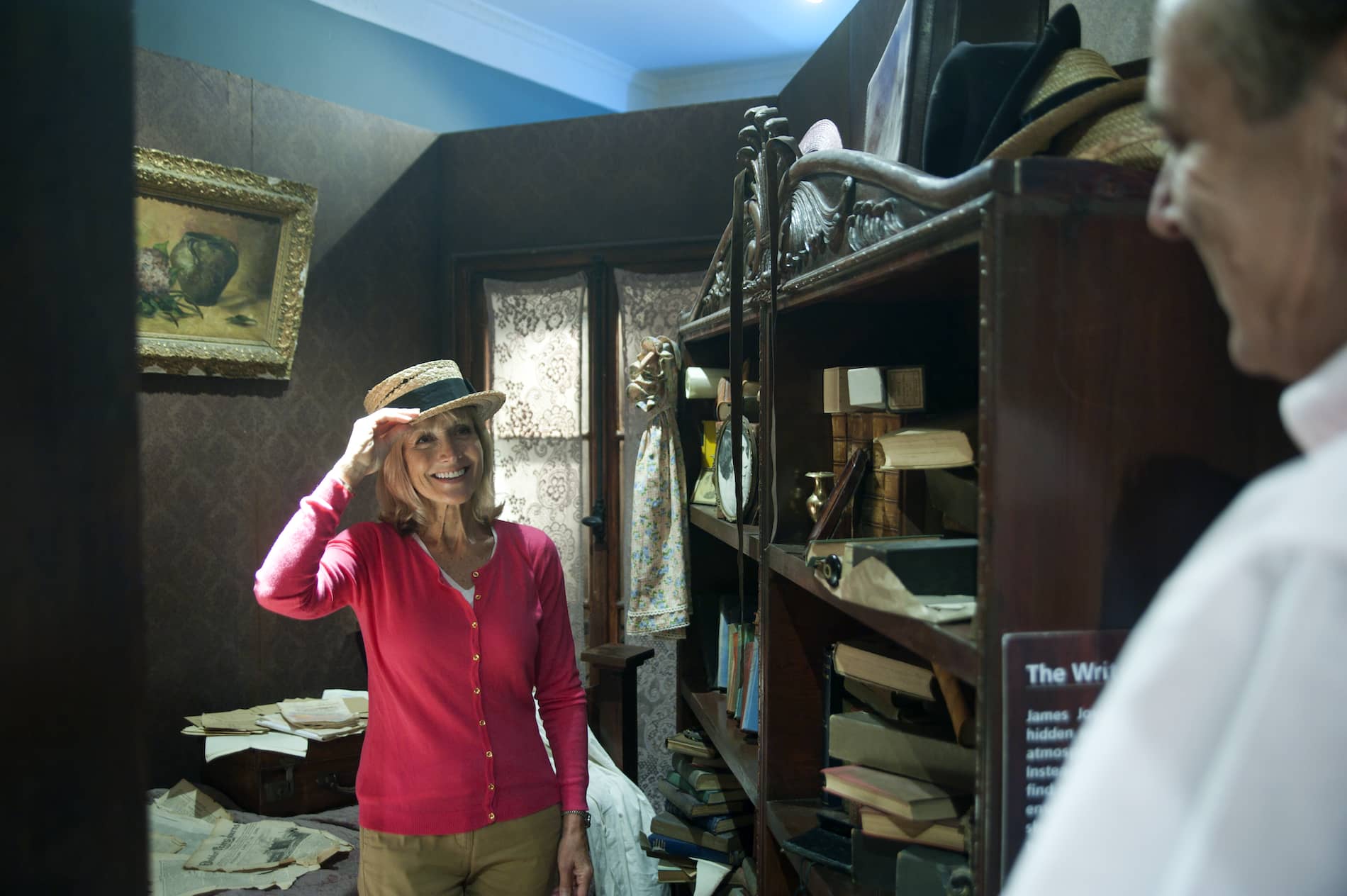
James Joyce Centre
Right in the heart of Dublin, the James Joyce Centre was once the site of a dance academy run by one Professor Denis J Maginni, who features throughout Ulysses. From portraits of Joyce’s family, to the original door from No. 7 Eccles Street (home to Ulysses’ protagonist, Leopold Bloom), a visit to this museum feels like stepping into the novel itself.

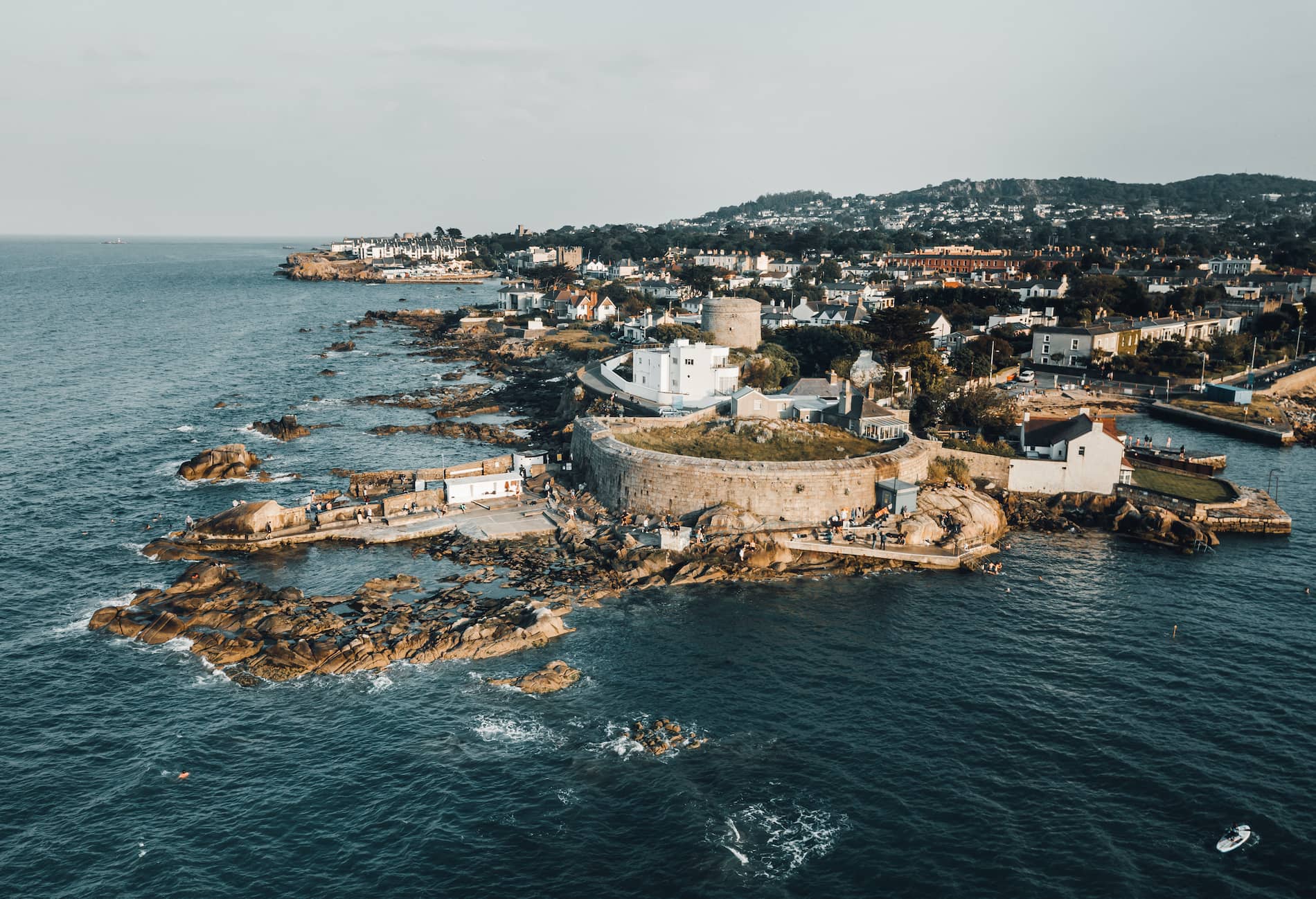
James Joyce Tower and Museum
Right on the sea at Sandycove Point, by the Forty Foot diving spot, sits a stout Martello Tower. Originally built as a defensive fort, this building has since gained a name for itself as the location of the opening scene in Ulysses. Today, it’s home to a museum dedicated to Joyce’s greatest works, and the life of the man behind it all.

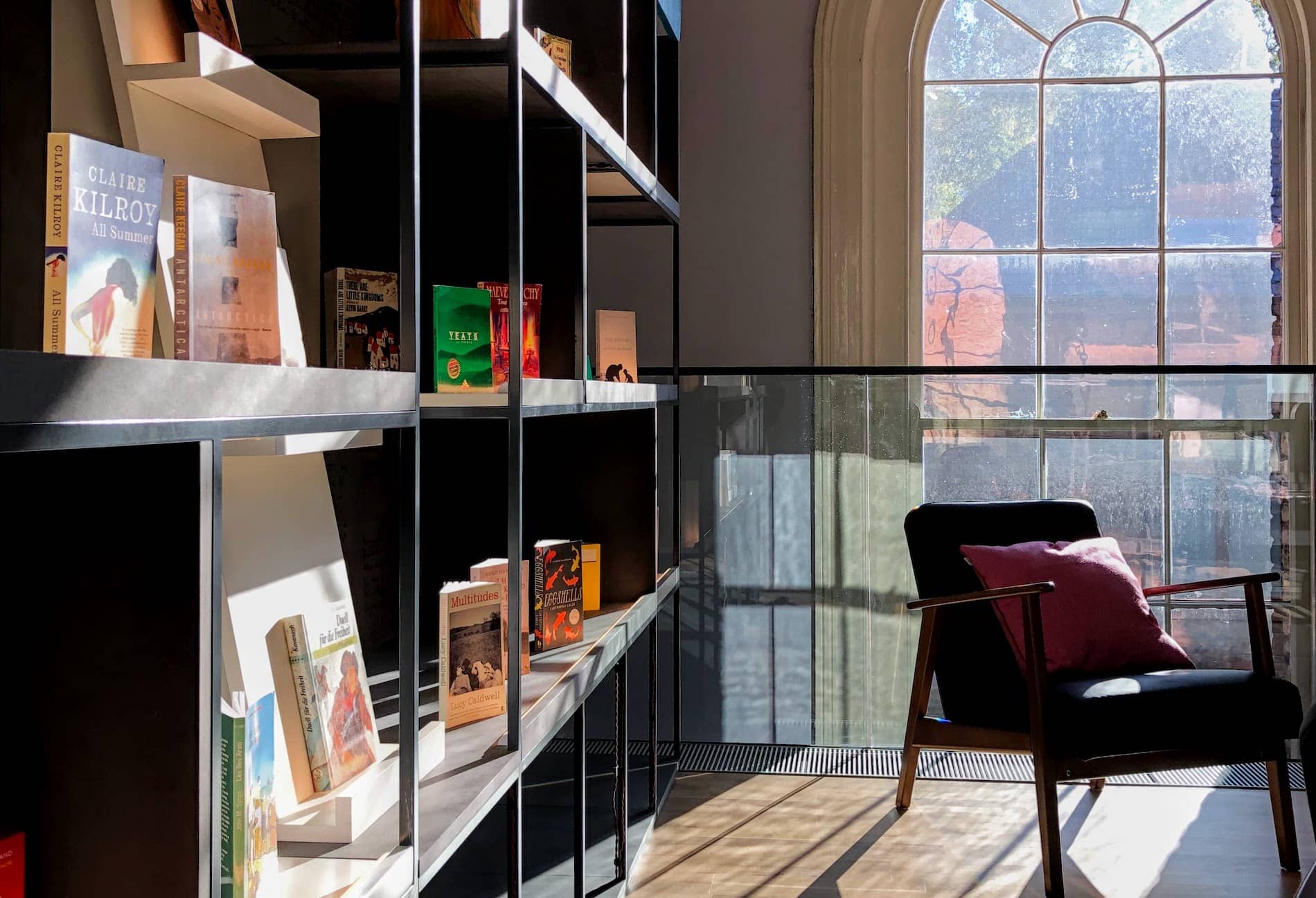
Museum of Literature Ireland (MoLI)
Though no-one would ever call Ulysses a children’s book, the Museum of Irish Literature has done its best to make the masterpiece accessible to all ages. The Ulysses, a Treasure Hunt exhibition allows visitors to hunt down each episode of the story, engaging with Joyce’s world and words like never before.

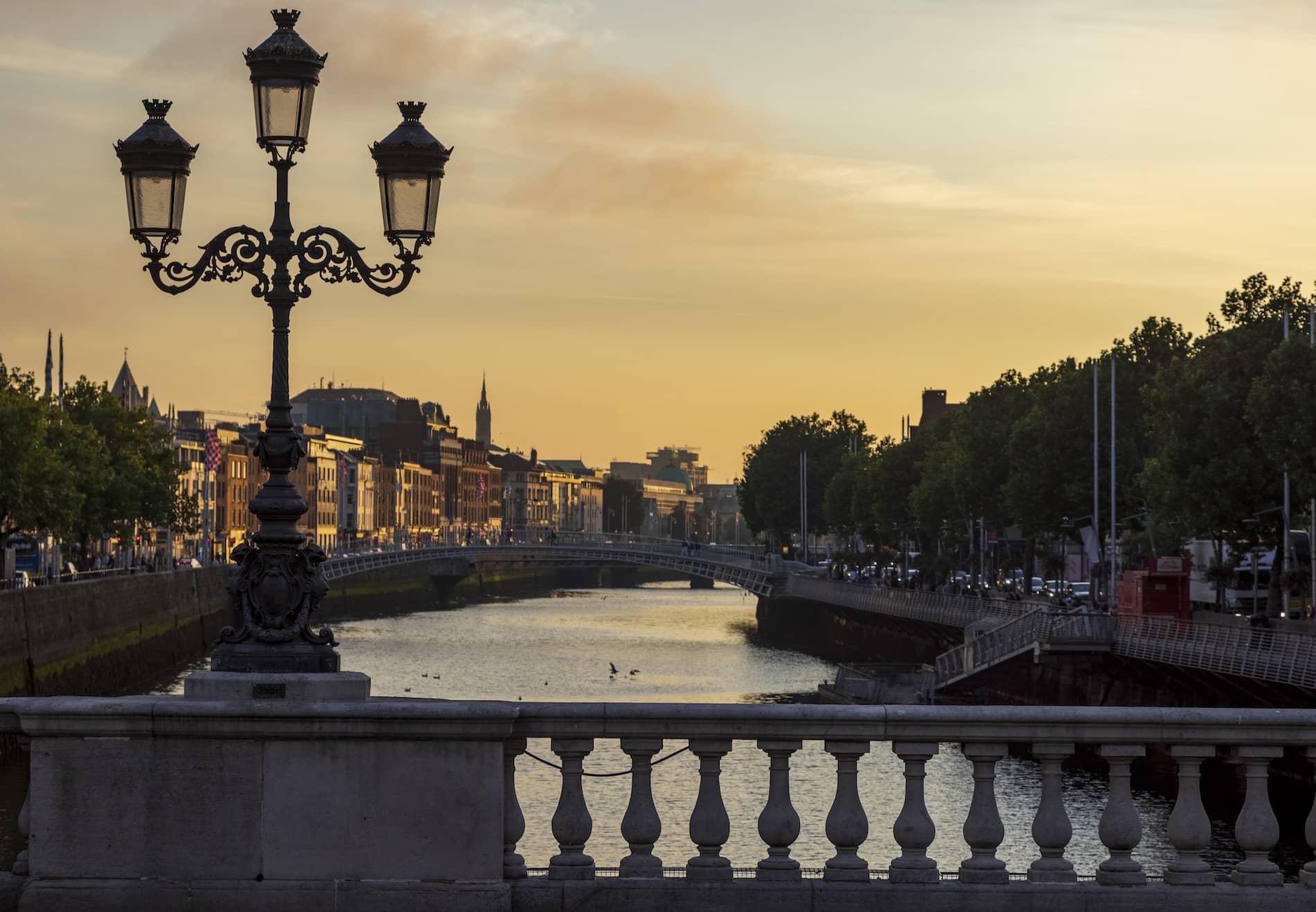
O'Connell Bridge, Dublin city
Ulysses's Dublin
One of the things that has kept Ulysses so alive in people’s hearts and minds is its faithfulness to its home city. From stopping to feed the seagulls off O’Connell Bridge, to touring Glasnevin Cemetery and admiring the National Library of Ireland, any reader can come to Dublin and arrive straight into a scene from the novel.
In his own words, Joyce declared, “When I die, Dublin will be written in my heart”. His work certainly delivered on that promise.
Explore Joyce's Dublin

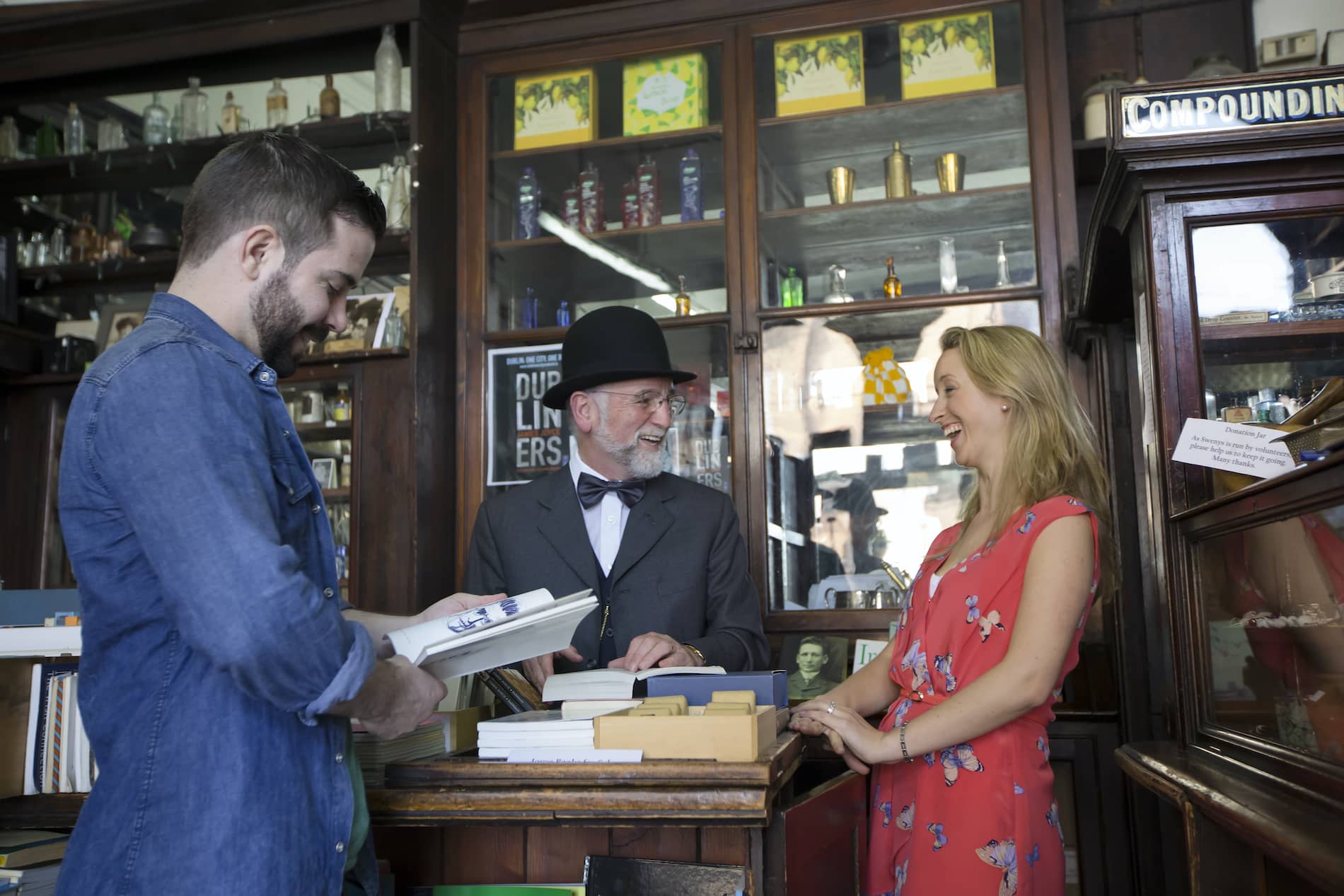
Sweny's Pharmacy
Established in 1847, Sweny’s only stopped trading as a pharmacy in 2009 – but it hasn’t slowed down. Today, a wide range of Joyce’s work is read aloud in reading groups here throughout the week. You can even buy the lemony soap that Leopold Bloom picks up on his own visit there in Ulysses!

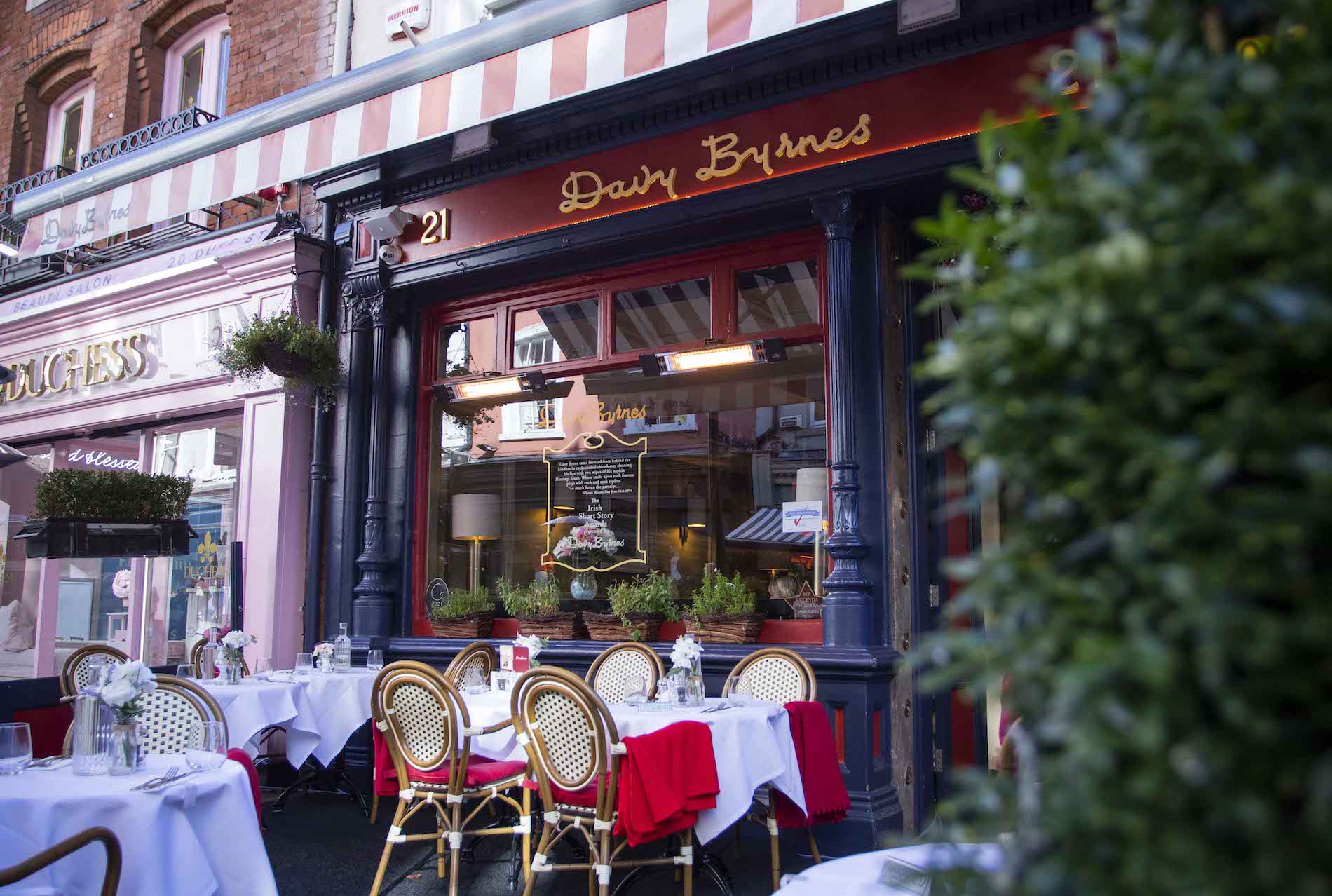
Davy Byrne's pub
Still named for the original owner, with whom both Leopold Bloom and the real-life Joyce were familiar, Davy Byrne's is a Dublin institution. In fact, Joyce features the pub in Dubliners as well as in Ulysses, and it was loved by many an Irish literary great, including Patrick Kavanagh and Brendan Behan.

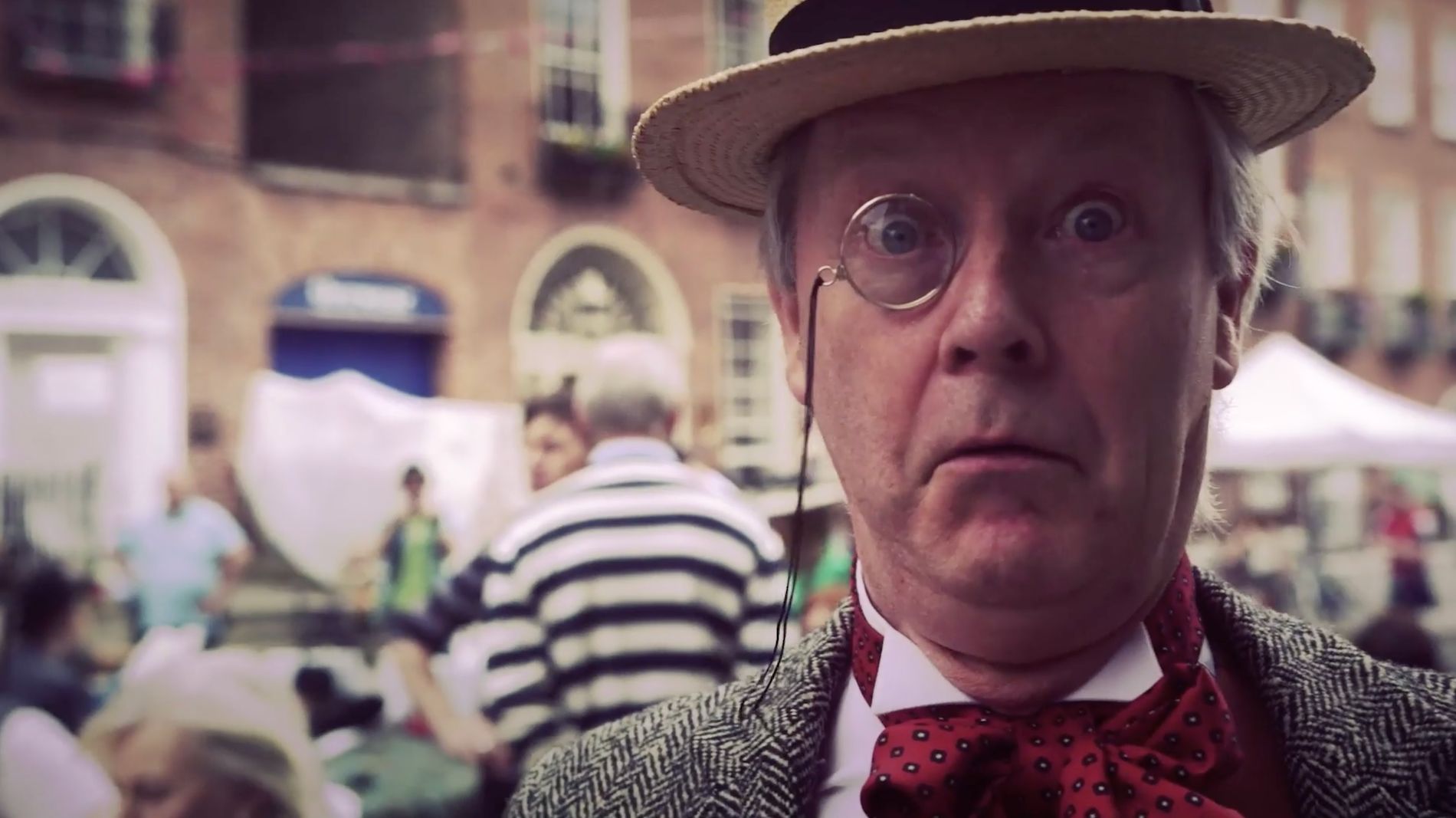
Bloomsday Festival
Every 16 June since 1954, Dublin has stepped into an alternate universe: one in which it’s 1904 again, and the tastes and treats of Leopold Bloom’s world are back in fashion. Establishments across the city serve up Ulysses-inspired dishes, fans take to the streets in period costume, and the words of a genius are brought to life.

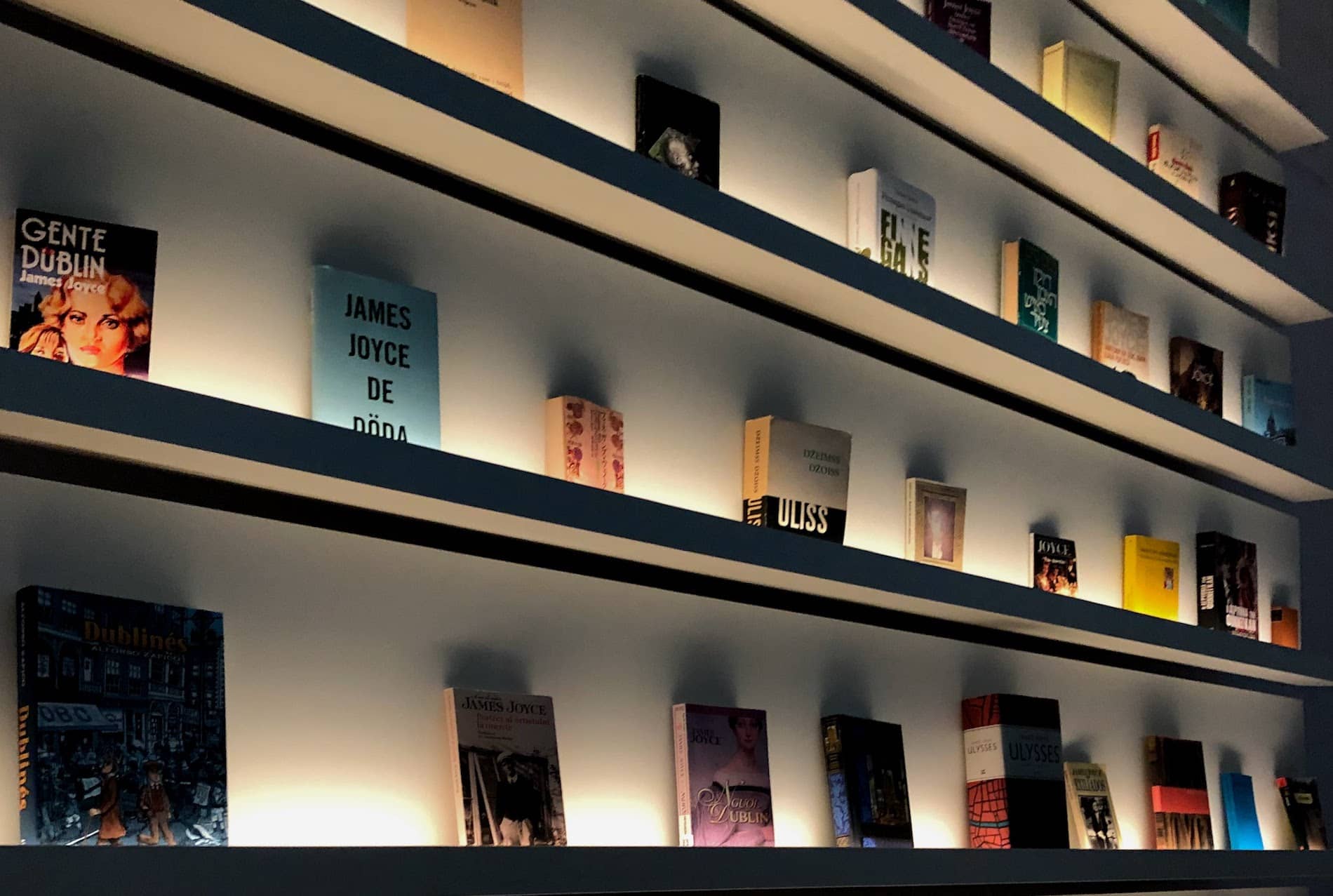
Joyce literature at the Museum of Literature Ireland (MoLI), Dublin
Beyond Ulysses
Of course, Ulysses is just part of Joyce’s literary catalogue. Although a prolific writer, he is best known for this novel, and three other main works: Dubliners (published in 1914), The Portrait of the Artist as a Young Man (1916), and Finnegans Wake (1939). Each has its own devoted audience, despite (or because of!) Joyce’s reputation for being a difficult, at times even impenetrable writer.
If you’re wondering where to start, Dubliners, a collection of 15 short stories based on the Irish middle class in the early 20th century, is probably the most accessible. But don’t give up on Finnegans Wake: once you build up to it with the rest of Joyce’s work, it’s well worth the journey!
Discover Ireland's literary heritage


Seamus Heaney
A Nobel prize-winning writer, Heaney introduced the sweetness and depth of rural Ireland to the whole world. To this day, children in schools across the island are introduced to poetry through his words; while most adults can easily quote a few lines.

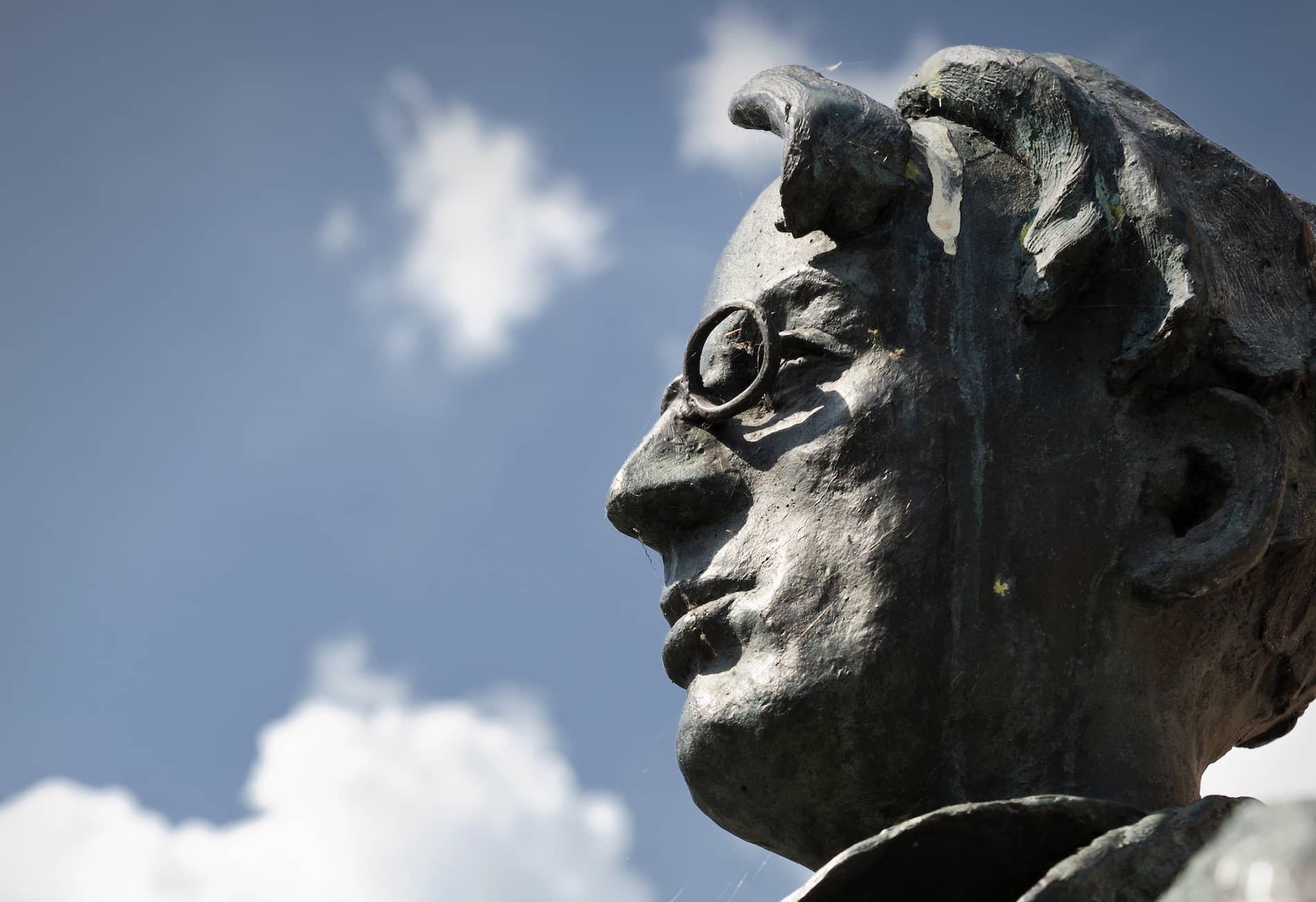
WB Yeats
Perhaps Ireland’s most famous son, Yeats’ poetry and playwriting have secured him forever in the pantheon of literary greats. From "The Lake Isle of Innisfree" to "He Wishes for the Cloths of Heaven", his unique grasp on romance, heartache and legend bring a little magic to every verse.

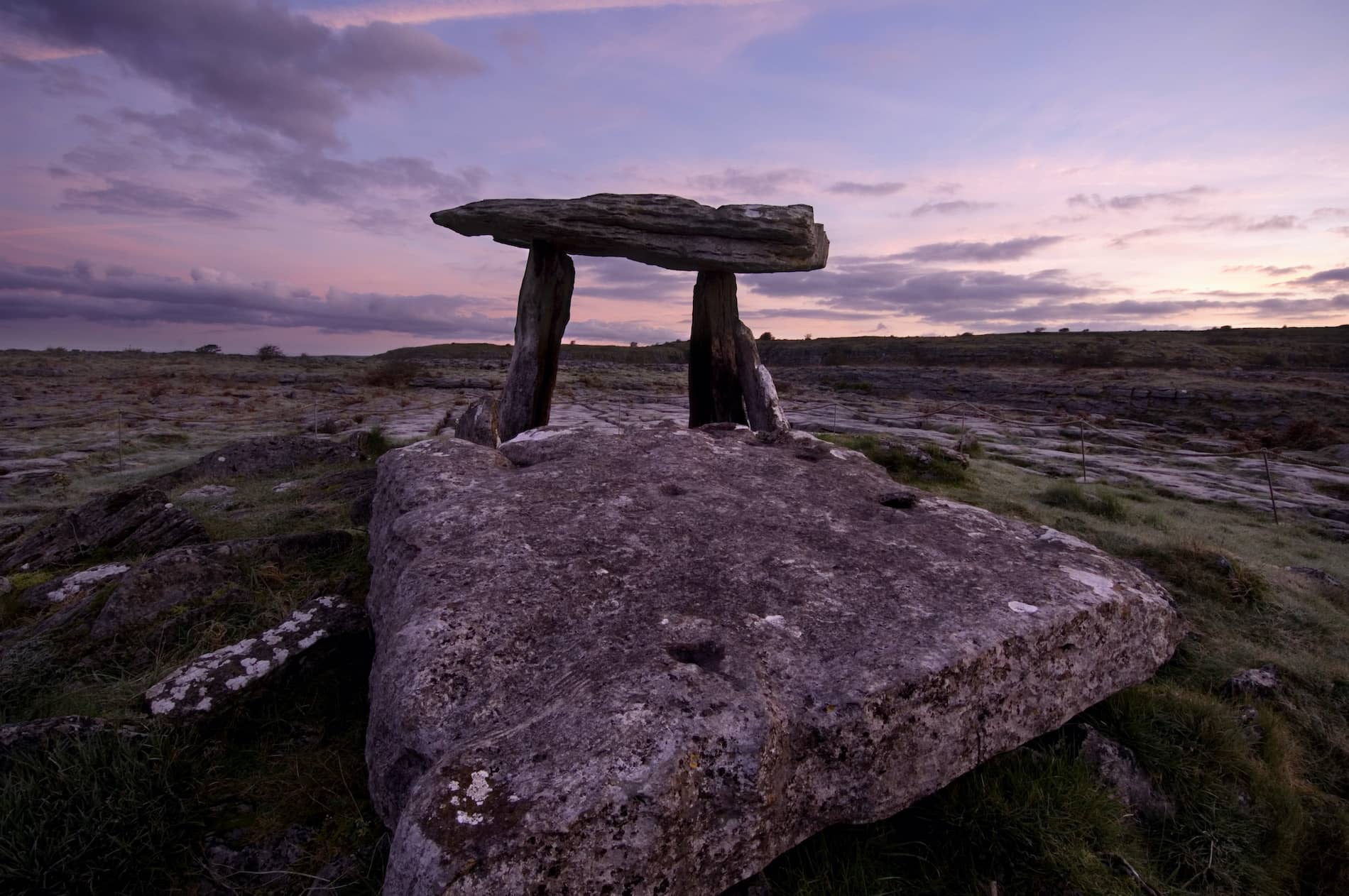
JRR Tolkein and the Burren
Was fantasy even fantasy before JRR Tolkien? A close friend of Northern Ireland author and creator of Narnia, CS Lewis, Tolkien visited the otherworldly landscape of The Burren in the 1940s. While there, it’s thought he came across a cave named Pol na Gollum… and perhaps was inspired to create his famous character of the same name!





